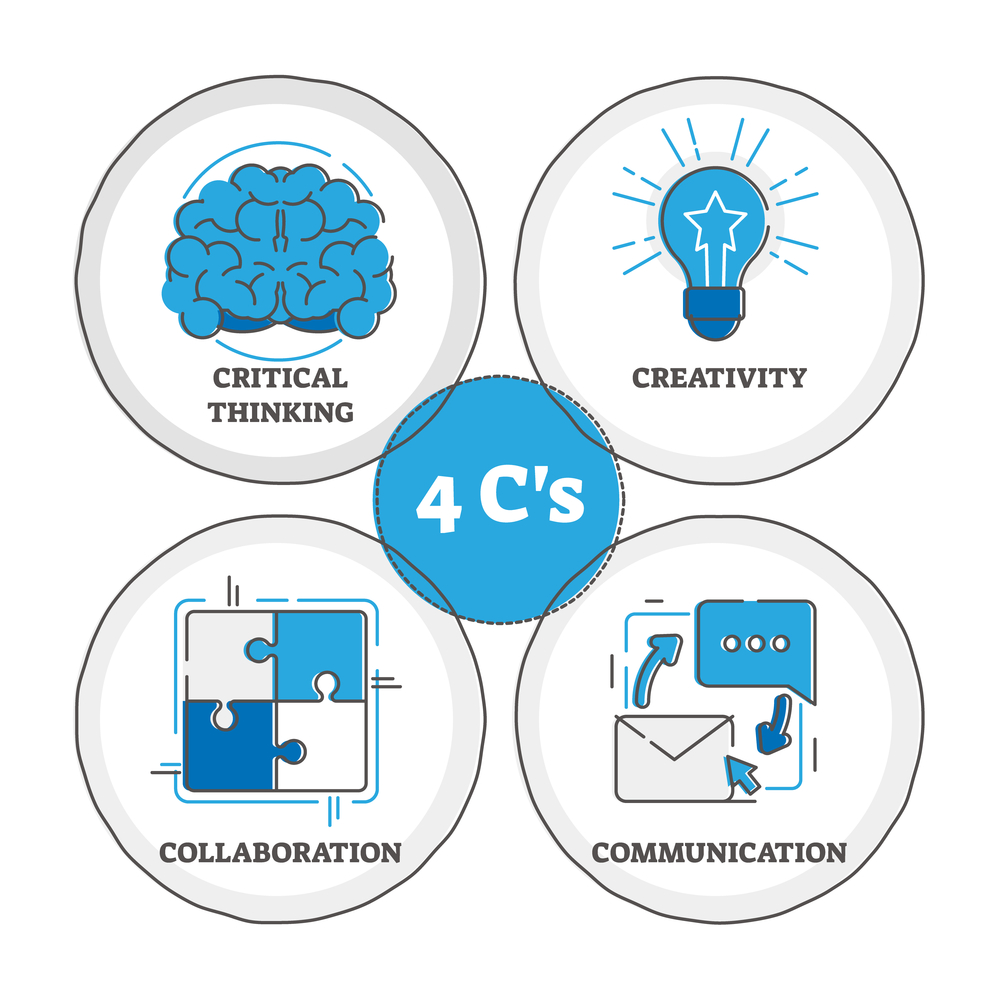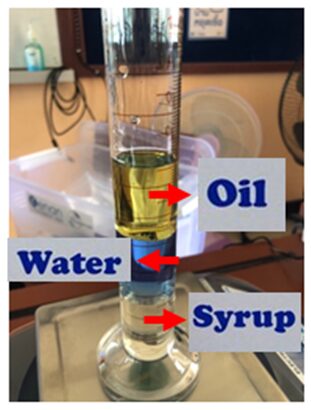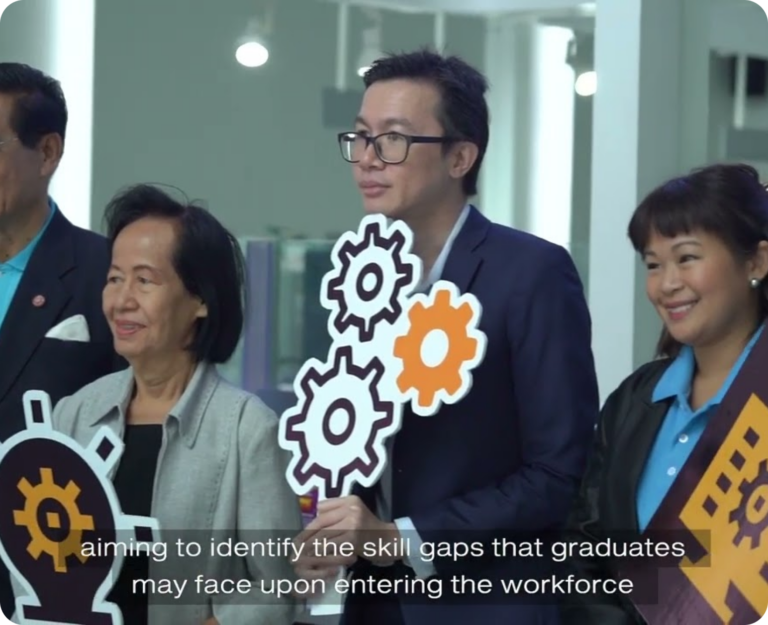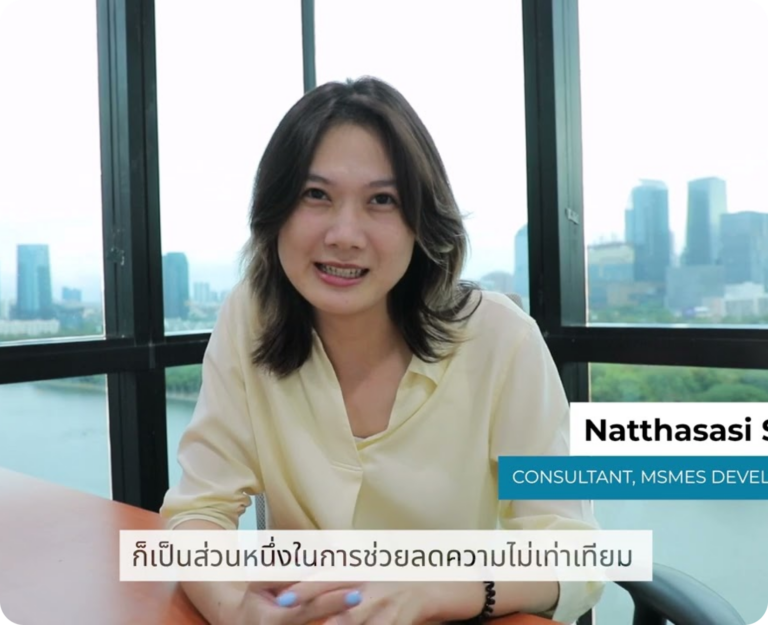

As our dynamic world moves forward, career disruption rises. It is clear that both the after-effects of the pandemic and the rise of automation are already impacting the transformation of careers. Having foundational skills is no longer enough in today’s world, and in the future, basic skills will hold even less value. The World Economic Forum estimates that fifty percent of all employees will need to reskill for future jobs by as soon as 2025. Critical thinking and communication skills are two essential 21st century skills or the 4 C’s (critical thinking; creativity; collaboration; communication) that people need to build to survive in their careers and manage daily life. Claim-Evidence-Reasoning (CER) is one technique that can be used to develop these skills.
Critical thinking is a core skill in today’s workplace. It enables employees to look for solutions to problems and develop methods to improve their performance in the workplace. One case in point could be when there is news circulating regarding a business partner, which could affect the individual’s business operations; by employing critical thinking in the situation, an effective solution can be brainstormed to find the best outcome for the business. The same idea could be applied to daily life situations like fake news on social media or attempted scams. People with critical thinking skills are less likely to be deceived.
Communication is a powerful skill, and it also activates other skills such as critical thinking, as, without effective communication, the power of other 21st century skills would not be able to come through. Apart from speaking, effective communication also involves listening and observing. When employees do not communicate well, projects do not succeed because the objectives are not articulated clearly.
Critical thinking and communication skills with the Claim-Evidence-Reasoning (CER) technique
School is an early stage of students’ lives that builds critical thinking and communication skills. As it is a challenge for many schools to develop these essential skills through traditional teaching methods, Kenan has constantly been working to build them for students at schools across Thailand. Kenan has introduced inquiry-based science pedagogy to science teachers in extended opportunity schools. One of the teaching techniques that lead to the development of critical thinking and communication skills is CER. It is a teaching model designed to enable students to think and write scientifically. Students are encouraged to provide more than a one-word response; instead, they exchange this for a claim, then backing up the claim with data, followed by connecting the data with scientific reasoning.
 As our dynamic world moves forward, career disruption rises. It is clear that both the after-effects of the pandemic and the rise of automation are already impacting the transformation of careers. Having foundational skills is no longer enough in today’s world, and in the future, basic skills will hold even less value. The World Economic Forum estimates that fifty percent of all employees will need to reskill for future jobs by as soon as 2025. Critical thinking and communication skills are two essential 21st century skills or the 4 C’s (critical thinking; creativity; collaboration; communication) that people need to build to survive in their careers and manage daily life. Claim-Evidence-Reasoning (CER) is one technique that can be used to develop these skills.
As our dynamic world moves forward, career disruption rises. It is clear that both the after-effects of the pandemic and the rise of automation are already impacting the transformation of careers. Having foundational skills is no longer enough in today’s world, and in the future, basic skills will hold even less value. The World Economic Forum estimates that fifty percent of all employees will need to reskill for future jobs by as soon as 2025. Critical thinking and communication skills are two essential 21st century skills or the 4 C’s (critical thinking; creativity; collaboration; communication) that people need to build to survive in their careers and manage daily life. Claim-Evidence-Reasoning (CER) is one technique that can be used to develop these skills.
Critical thinking is a core skill in today’s workplace. It enables employees to look for solutions to problems and develop methods to improve their performance in the workplace. One case in point could be when there is news circulating regarding a business partner, which could affect the individual’s business operations; by employing critical thinking in the situation, an effective solution can be brainstormed to find the best outcome for the business. The same idea could be applied to daily life situations like fake news on social media or attempted scams. People with critical thinking skills are less likely to be deceived.
Communication is a powerful skill, and it also activates other skills such as critical thinking, as, without effective communication, the power of other 21st century skills would not be able to come through. Apart from speaking, effective communication also involves listening and observing. When employees do not communicate well, projects do not succeed because the objectives are not articulated clearly.
Critical thinking and communication skills with the Claim-Evidence-Reasoning (CER) technique
School is an early stage of students’ lives that builds critical thinking and communication skills. As it is a challenge for many schools to develop these essential skills through traditional teaching methods, Kenan has constantly been working to build them for students at schools across Thailand. Kenan has introduced inquiry-based science pedagogy to science teachers in extended opportunity schools. One of the teaching techniques that lead to the development of critical thinking and communication skills is CER. It is a teaching model designed to enable students to think and write scientifically. Students are encouraged to provide more than a one-word response; instead, they exchange this for a claim, then backing up the claim with data, followed by connecting the data with scientific reasoning.
| Claim | A conclusion statement that answers the question. |
| Evidence | Data that supports the claim (such as tables, charts, graphs, and observations). |
| Reasoning | Explanation of why the facts (evidence) support the claim. |


Example of Claim-Evidence Reasoning in the science class
We can take an example exercise about liquid density. The below photo illustrates three different types of liquid separated by different layers. Based on the experiment photo, which liquid has the most density?
Many people may simply answer syrup; however, this is not a complete answer in terms of learning. Giving a straight answer does not allow students to practice their critical thinking and communication skills. The below table demonstrates how to answer this question by using a CER approach.
| Claim | The syrup has the most density. |
| Evidence | Because, based on the observation, it lays at the bottom of the tube, below water and oil. |
| Reasoning | Whether an object or liquid, whichever has the most density will sink in the liquid below those items with less density. |
CER can also be applied to daily life. One of the science teachers trained by Kenan has adopted this approach to raise students’ awareness of COVID-19 vaccines. She asked her students if they thought they should be vaccinated. She gave the students some time to search for information across the internet and asked them to provide answers using CER. CER is designed to improve the students’ thinking process. They have to consider their points thoroughly and provide supporting evidence and reasons before finalizing their answers or verbally sharing them with the class. This, in turn, contributes to the student’s development of critical thinking and communication skills.
CER is just one of the approaches that Kenan adopts to build 21st century skills for future generations to equip them with the necessary abilities to pursue their future careers and reach their potential.
To find out more about Kenan’s work to transform education, please visit www.kenan-asia.org/21st-century-education
By Titirat Suratin, Consultant, Kenan Foundation Asia


Kenan Foundation Asia believes in a world where
vulnerable populations are empowered to succeed in
an inclusive society.
Thailand Charitable Organization Registration #350, under the Ministry of Finance US 501(c)3 Equivalency Status